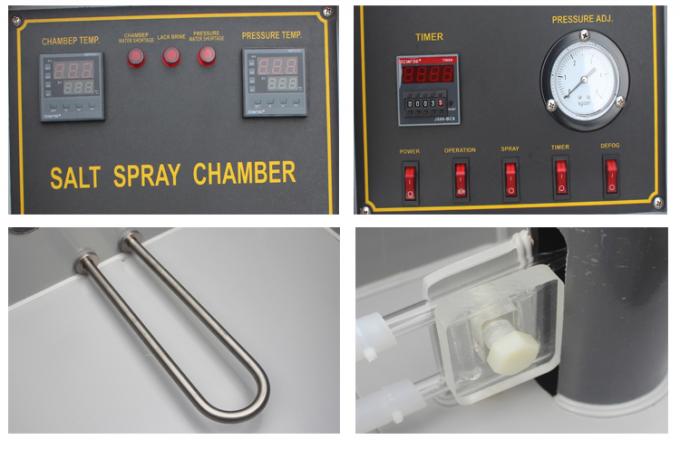- Qinsun Instruments Co., Ltd.
- Tell:+86-21-6780 0179
- Phone:+86-17740808215
- Address:No. 2578 Minhang District Gu Dai Road, Shanghai
- Contact:Mr. Li
- QQ:846490659
Foaming of PTFE lined pipeline equipment

The common reason for the formation of bubbles in lined plastic equipment is due to the presence of moist steam or other vapors inside the coating. The size of bubbles depends on the adhesion of the primer and the pressure of the liquid or gas inside the bubbles. Below, we will carefully summarize the reasons.
1. Soluble formula: Some raw materials can absorb or even inhale moisture into the coating film to meet their hygroscopicity when moist steam passes through the lined plastic equipment. When completing the anti-corrosion system, after the primer solidifies, due to high temperature rise, moist steam may evaporate from the pigment, forming bubbles.
2. Soluble chemical salts: During the operation of the equipment, if the coating is not properly treated and the soluble chemical salts are retained between the substrate and coating, penetration will occur, which will suck more moisture into the coating and cause blistering of the coating.
3. Other pollutants: If there are pollutants such as oil, wax, or dust on the substrate or coating surface of the equipment, it can lead to poor adhesion. Wet steam can enter such areas through the coating and remain there. When steam expands or evaporates due to temperature changes or other reasons, moisture is likely to take advantage of the weak adhesion in that area and form bubbles. The causes of blistering in the lining plastic equipment are nothing but these three. If you encounter similar situations during use, you should start from these three aspects to quickly identify the causes and solve them in a timely manner. Songshang Composite Materials is honest, responsible, and resilient.
The working current resistance of steel lined pipes for PTFE lined pipeline equipment requires special flexibility in use, without any gaps/impurities that may interfere with insulation performance.
In addition, the polytetrafluoroethylene tube itself needs to be continuous, and due to regulations, it may be continuous without connectors. To achieve this, it is necessary to be able to produce electromagnetic coils that are at least 150 to 300 meters long without any difficulties. Tetrafluoroethylene has a high resistance to working current. Electrostatic induction cannot adhere to the surface of the material through tetrafluoroethylene. If it reaches the zero point, electric sparks may occur. Electric sparks are particularly dangerous in the use of combustible vapors. In order to better address these challenges, carbon and other fillers are added to polytetrafluoroethylene pipes so that they can be eliminated through the material. The addition of carbon has affected the insulation performance of tetrafluoroethylene in some cases, but the material's ultimate characteristics still far exceed those of other traditional conductors and insulators.
The key characteristics of steel lined PTFE pipes are that they can be used as cable conductors and insulators, medical equipment pipes, fluid flow pipes, protective sleeves, etc. They have excellent thermal quality and can withstand high temperatures up to 680 degrees Fahrenheit, reaching -320 degrees Fahrenheit under ultra-low temperatures. They have excellent electrical equipment characteristics, low dielectric constant, dielectric constant of -40 to 480f, and static friction coefficient, Chemical inertness in numerous organic and inorganic chemicals.





